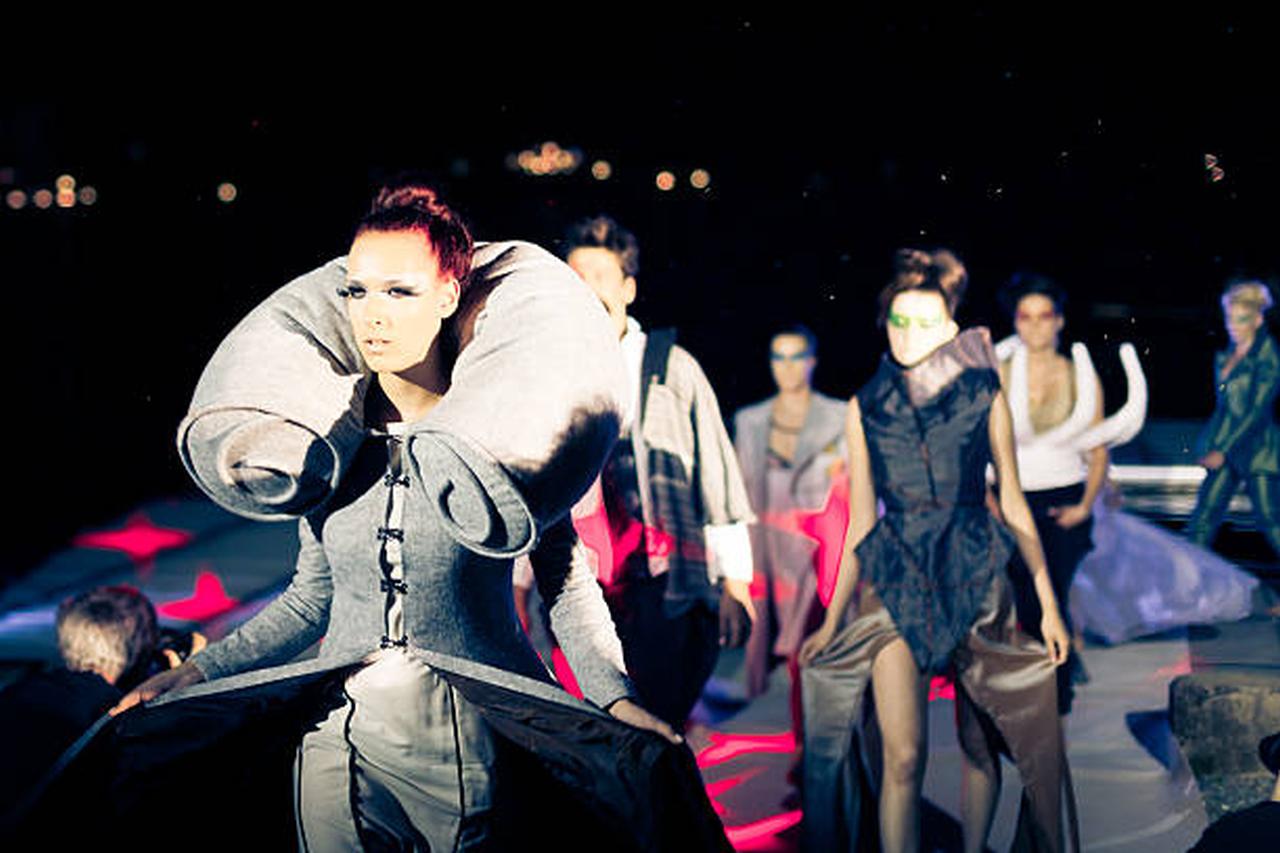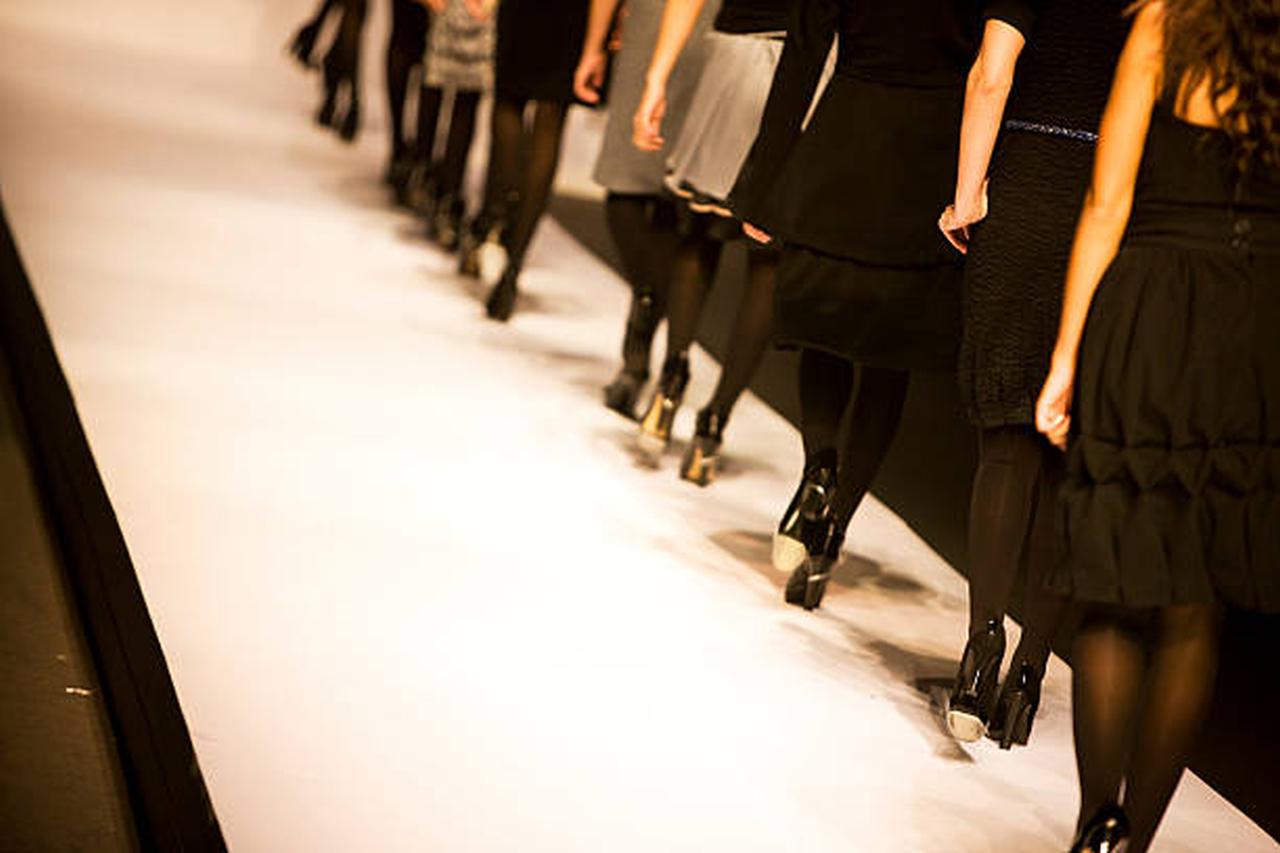Today's fashion industry seems more focused on profits than fostering originality or bringing creative ideas to life. Brands like Yoox Net-a-Porter and Amazon have developed house collections based on user data, prioritising sales analytics over craftsmanship. Yet, haute couture, symbolising fashion’s creativity and fantasy, still stands as the pinnacle of craftsmanship and dreamlike designs. While private labels aim for higher profit margins, haute couture remains a world driven by creativity and skill, though it faces challenges in an industry dominated by retail-focused brands.
Let’s get straight to the point
The fashion industry has shifted towards profit-driven, mass-produced collections, but haute couture remains the pinnacle of craftsmanship and creativity. Haute couture garments are custom-made, involving extensive time and skill, and their roots date back to Charles Frederick Worth in the 19th century.
Despite high costs, couture is viewed as wearable art, offering exclusivity and personalisation. Though the rise of ready-to-wear challenged couture's dominance, it has adapted by expanding into accessories and beauty products and has seen a resurgence in recent years.
While haute couture may no longer set global trends, it continues to inspire designers and influence fashion with its artistry and craftsmanship. The future of haute couture lies in maintaining its craftsmanship while adapting to modern fashion demands.
The Legacy and Craft of Haute Couture

Haute couture refers to creating exclusive, custom-fitted clothing from high-end fashion houses. Skilled artisans meticulously crafted these garments, often requiring hundreds of hours to complete. Creating haute couture garments is lengthy and costly, involving multiple fittings to ensure the perfect fit for the client. Unlike ready-to-wear clothing, haute couture is tailor-made for each client, offering a personalised experience and a truly unique garment.
1. The Origin Of Haute Couture
Haute couture, as we know it today, can be traced back to Charles Frederick Worth, who is often regarded as the father of haute couture. Worth revolutionised fashion in the 19th century by designing clothing for women, a task traditionally left to female dressmakers. His close collaboration with clients and the high price tags on his designs made fashion design a prestigious career for men. By working with the French silk industry, Worth introduced luxury materials to his collections, attracting European aristocracy and haute-bourgeoisie to his designs.
2. The Role Of Craftsmanship In Couture
Haute couture houses are divided into various sewing rooms, each specialising in different aspects of the craft. The flow workshop focuses on dressmaking, while the tailleur room tailors suits and coats. Skilled artisans and apprentices work under the guidance of experienced seamstresses, known as the première, to bring the designer’s vision to life. The vendor manages the sales process, working closely with clients to ensure the perfect fit.
The High Cost of Haute Couture
The price of haute couture reflects the time, effort, and skill required to create each piece. From wedding gowns that cost up to $100,000 to daywear priced around $20,000, haute couture garments are often compared to works of art. Clients purchasing these garments invest in a custom-made piece for them, much like buying a one-of-a-kind painting. The value lies in the fabric or design and the craftsmanship and personalisation involved.
1. Haute Couture As An Art Form
Haute couture is often seen as more than just clothing—it’s viewed as art. Similar to how collectors invest in sculptures or paintings, clients who buy haute couture purchase a wearable piece of art. The intricate details, expert tailoring, and use of luxurious fabrics elevate these garments beyond simple fashion, placing them in the realm of artistry.
2. The Market For Haute Couture
Despite the high cost, there remains a market for haute couture, though it is limited. Approximately 4,000 individuals are regular buyers of haute couture, a small but dedicated clientele. For these clients, haute couture offers the opportunity to own a unique garment made specifically for them, ensuring they stand out at any event. In a world where mass-produced fashion dominates, haute couture provides exclusivity and craftsmanship that cannot be replicated.
The Evolution of Haute Couture

The golden age of haute couture was in the 1950s when designers like Christian Dior, Jacques Fath, and Pierre Balmain dominated the industry. At its peak, many designers opened salons to cater to private clients. However, the rise of ready-to-wear fashion in the following decades challenged the dominance of haute couture as more people began to favour accessible and affordable clothing options.
1. The Shift Towards Ready-To-Wear
In the 1950s, some haute couture designers began to explore the ready-to-wear market to expand their reach and profits. Designers like Jacques Fath and Christian Dior launched ready-to-wear collections in the United States, while others opened boutiques to sell accessories and knock-offs of their haute couture lines. This marked the beginning of a shift away from couture as the primary focus of fashion houses, with many designers creating affordable, mass-produced collections under their prestigious brands.
2. The Decline And Reinvention Of Couture
As the ready-to-wear market grew, haute couture struggled to maintain its relevance. By the late 20th century, many couture houses, including those of Christian Lacroix and Thierry Mugler, had closed due to high production costs. However, haute couture adapted by expanding into other markets. Designers began using couture shows as platforms to promote accessories, perfumes, and makeup, which provided a more affordable entry point for consumers.
Haute Couture in Modern Fashion
Despite the challenges, haute couture is far from dead. It has seen a resurgence in recent years, with many designers returning to their roots and focusing on craftsmanship and creativity. Couture shows have evolved from being purely about selling garments to becoming showcases of artistry and skill, drawing attention to the craftsmanship behind each piece.
1. The Revival Of Couture
Haute couture has experienced a revival, with legendary brands like Balmain and Givenchy reclaiming their place in the world of couture. Designers continue to push boundaries, creating elaborate pieces that showcase the skills of artisans and ateliers. Although only a small number of people can afford to purchase these garments, the allure of couture remains strong.
2. Couture As A Celebration Of Craft
Haute Couture Week remains one of the few fashion events where creativity and craftsmanship are celebrated without the constraints of commercialism. Each garment is a testament to the artisans' skill and dedication, with some pieces taking hundreds of hours to complete. Unlike ready-to-wear, mass-produced collections, haute couture garments are hand-crafted and one-of-a-kind.
The Future of Haute Couture
The future of haute couture is uncertain, but the demand for exclusivity and craftsmanship will continue to drive the industry. While mass-market fashion dominates the global fashion scene, there will always be a place for haute couture, as it represents the pinnacle of luxury and artistry.
1. Adapting To Modern Times
Haute Couture has adapted to the changing fashion landscape by expanding into other markets. Many couture houses now offer ready-to-wear collections, accessories, and beauty products, allowing them to reach a broader audience. Despite these changes, haute couture remains a symbol of exclusivity, with only the wealthiest clients able to afford its creations.
2. The Role Of Haute Couture In Fashion
While haute couture may no longer dictate global fashion trends, it continues to influence the industry. Couture shows inspire designers and serve as a platform for experimentation, allowing fashion houses to explore new techniques and ideas. The craftsmanship and attention to detail seen in haute couture often trickle down to ready-to-wear collections, influencing the broader fashion market.
Conclusion
Although haute couture has faced significant challenges, it is far from dying. The fashion industry may be driven by profit and mass production, but haute couture continues to thrive as a symbol of artistry, craftsmanship, and exclusivity. While the market for haute couture is small, clients will always seek out the unique experience it offers. Haute couture may evolve and adapt, but its focus on creativity and craftsmanship ensures it remains a vital part of the fashion industry.
The future of haute couture will depend on its ability to maintain its artisanal roots while adapting to the changing demands of the fashion world. As long as individuals value the artistry and exclusivity of haute couture, it will continue to hold a place in the world of fashion.
FAQs About Haute Couture
It is often confused with expensive fashionable clothing, but it is much more than that. Haute couture is custom-fitted clothing made for clients who don't care about the price tag and can often involve the best of fabrics and time-consuming hand-stitched detail that is impossible to mass-manufacture.
In its simplest definition, haute couture is the creation of exclusive custom-fitted, high-end clothing that is constructed by hand from start to finish. This definition could fit a whole myriad of fashion houses, so let's bring in some nuance.
What is the difference between couture and haute couture? Couture is any fashion piece that's handmade and one-of-a-kind. However, haute couture is high fashion clothing or also known as high-dressing made by atelier / fashion houses regulated by the French government.
To qualify as an official Haute Couture house, members must design made-to-order clothes for private clients, with more than one fitting, using an atelier (workshop) that employs at least fifteen fulltime staff. They must also have twenty fulltime technical workers in one of their workshops.
Long rumoured to be dwindling, the recent haute couture shows in Paris showed that the ancient craft of French dressmaking is currently booming.

